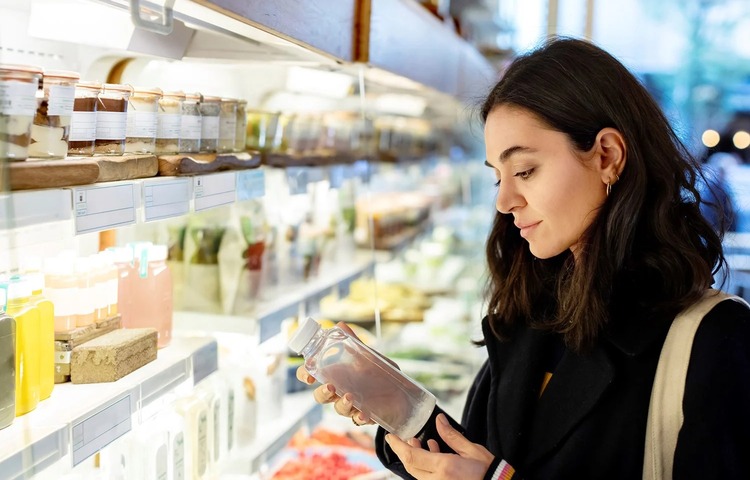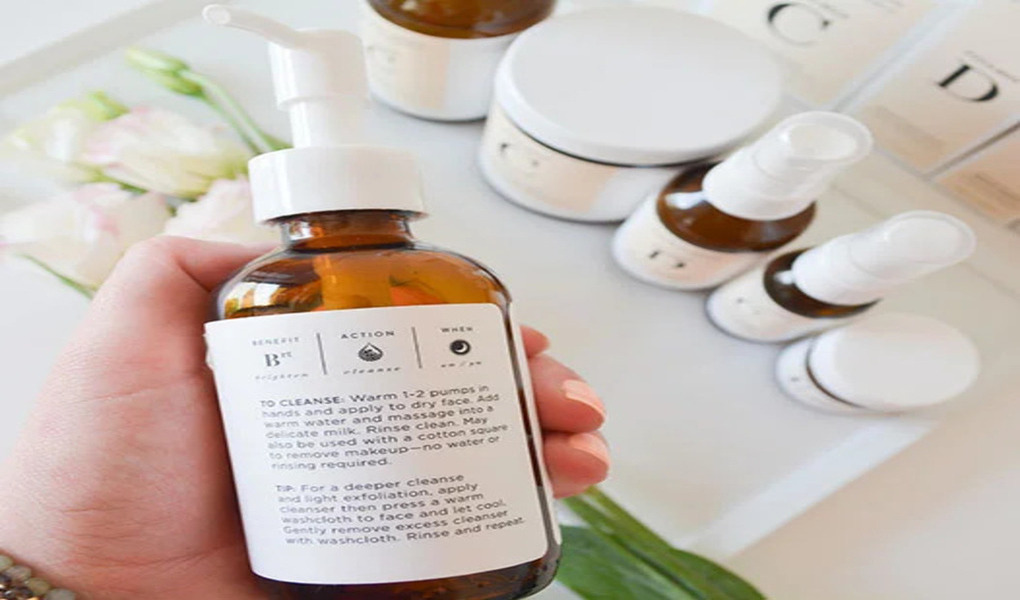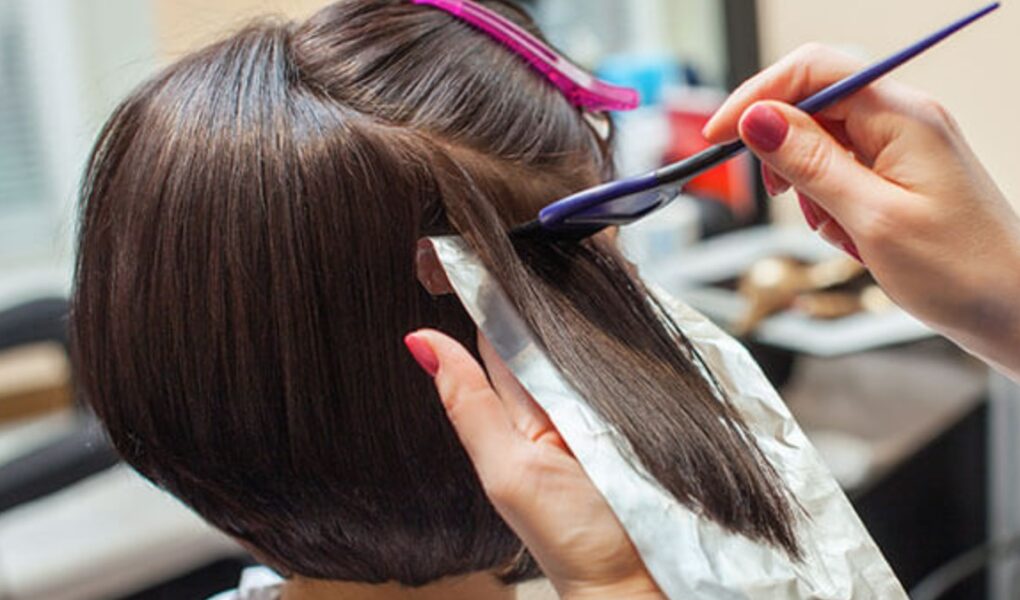Requirements for mandatory labeling of cosmetics in India
Regulations

Regulatory declarations don’t get as much attention as the claims and design of cosmetic products, but they are still important. If they are missing from a product package, the company could be held responsible.

Regulatory declarations don't get as much attention as the claims and design of cosmetic products, but they are still important. If they are missing from a product package, the company could be held responsible.
Difference in Regulatory Requirements for India vs the world
This may be true for cosmetics sold all over the world, but it is especially true for cosmetics sold in India because the Indian cosmetics regulator (the State Licensing Authority or SLA for locally made cosmetics and the Central Drugs Standards Control Organization or CDSCO for imported cosmetics) does not approve labels at the time of granting marketing authorization (even though it is mandatory to submit a copy of the label at the time of application). It is up to the people who import and make cosmetics to make sure that the label has all of the information required by the Cosmetics Rules, 2020 ("Cosmetics Rules") and other laws. If you leave out any of the required declarations, the Drugs and Cosmetics Act of 1940 says that the product is "misbranded," and the manufacturer or importer could lose their manufacturing license or import registration or even be charged with a crime. It could even have effects on wholesalers and retailers, since mislabeled goods will be taken away without compensation.
In this article, we talk about how cosmetics sold in India have to be labeled by law.

Understanding inner label and outer label
Usually, a cosmetic product would have an "inner label" on the container, a "outer label" on the box or wrapper, and sometimes a "leaflet" with instructions or more information. The Cosmetics Rules not only say what should be written on the label, but they also say what should be written on the label. The Cosmetics Rules say that the following must be written on the label or labels that are specified. If there is only one label on the product, all declarations must be on that label. Under the Cosmetics Rules, 2020, there are certain things that all cosmetics made in India must say.
Inner and Outer labels
The following information needs to be on the container's label and any other outside packaging:
-Name of the beauty product
-Name of the legal maker
-Full address of the place where the cosmetic was made.
-Use before date/expiration date.
-Ingredients with a concentration of more than 1% must be listed in descending order of weight or volume at the time they are added, followed by ingredients with a concentration of less than or equal to 1%, which can be listed in any order, and the word "INGREDIENTS" must come first.
Inner or Outer labels
Either the inside or outside label needs to have the following information:
-Unique batch/lot code* ["Batch No.," "B. No.," "Batch," "Lot No.," or "Lot"]
-Manufacturing License Number* ["M", "M.L. No.," or "Mfg. Lic. No." comes before it]
It's best to put the license number and batch code on both the outside and inside labels, since most regulatory agencies only check the outside label for compliance, while most people throw away the secondary package as soon as they open the box.
Just on the outside label:
Only the outside label needs to have the following information:
Net contents (weight for solids, fluid measure for liquids, and either for semi-solids)* Number of items, if there are more than one.
Just on the inner labels:
If a beauty product has any risks, the following should show up:
-How to use it correctly
-Any warnings, special instructions, or words of caution
-The names and amounts of dangerous or poisonous ingredients
If not, the container only needs to say the declarations that need to be on both the inside and outside labels.
Under the Cosmetics Rules, 2020, cosmetics that are brought into India must include certain information.
The Cosmetics Rules say what needs to be on the labels of all products sold on the Indian market, including cosmetics that are brought in from other countries. All the information that must be on cosmetics made in the U.S. must also be on cosmetics made in other countries (except to the extent mentioned below). Also, information about the importer must be included so that consumers and regulators can get in touch with a domestic company about the imported goods. Note that changes to the labels can be made at a customs-bonded warehouse, which is before the goods clear Indian customs and before they are brought into India.
The following extra statements must be made:
-Number of the import registration certificate ["RC", "RC No.", or "Reg. Cert. No." comes before it]
-Name of the buyer
-Place of business
-If the importer doesn't want to say where the item was made, "Made in (Country)" would be enough.
-If the cosmetic is coming from a country that doesn't require the manufacturing licence number to be listed, the number doesn't need to be listed.

Exemptions for small-size cosmetic packages under Cosmetics Rules, 2020:
Some rules aren't as strict about small containers of cosmetics. When a cosmetic's container is less than or equal to 60 ml of liquid or 30g of solids or semisolids, only the main place of manufacture and the pin code need to be listed as the manufacturer's address. Batch code doesn't have to be written on cosmetics that are up to 10 grammes or 25 ml if they are solid or semi-solid. If the net content of a package of perfume, toilet water, or something similar is less than 60 ml or if the net content of a package of solid or semi-solid cosmetics is less than 30 grammes, the net content does not have to be listed. For cosmetics with less than or equal to 60 ml of liquid and less than or equal to 30g of solids and semi-solids, the list of ingredients doesn't have to be shown.
Most likely, these changes were made to make sure that the important declarations are still there and easy to read while avoiding extra packaging and inserts.
Requirements for Hair Dyes containing dyes, colours and pigments under Cosmetics Rules, 2020:
Because hair dyes are made of strong chemicals and reactions are likely to happen, they must have more warnings.
The following must be written in English and the local language on both the inside and outside labels:
“Caution: This product has some ingredients that could cause skin irritation in some people, so it should be tested first by following the directions that come with it. This product shouldn't be used to dye eyelashes or eyebrows, because doing so could lead to blindness."
"This medicine may cause serious skin inflammation in some people, so you should always do a preliminary test to see if you have a special sensitivity."
To do the test, clean a small patch of skin behind the ear or on the inside of the forearm with soap and water or alcohol. Apply a small amount of the ready-to-use hair dye to the spot and wait for it to dry. After 24 hours, use soap and water to gently wash the area. If there is no redness or irritation, it is likely that the dye doesn't cause hypersensitivity. The test should be done before every single application, though. This mixture should never be used to dye your eyebrows or eyelashes, because it could cause severe inflammation of the eye or even make you blind.

Cosmetics that must meet Bureau of Indian Standards (BIS) requirements:
The Cosmetics Rules' Ninth Schedule lists the BIS Standards that apply to 37 types of cosmetics, such as skin powders, skin creams, hair oils, shampoos, soaps, lipsticks, foundations, and so on. Also, if the BIS came up with any new rules for cosmetics, they would have to be followed six months after they were published. If there are labeling requirements in any of the standards, they must be followed. This rule applies to both cosmetics made in the United States and those made in other countries.
Report on Animal Testing
Most cosmetic products have a statement or a symbol that says they were not tested on animals, but the Cosmetics Rules don't say that they have to. This is because animal testing has been completely banned for cosmetics. Should the brand choose to include the declaration, care should be taken that they do not use any of the symbols associated with certifications such as the PETA’s ‘Beauty without Bunnies’ or the Cruelty-Free International’s ‘Leaping Bunny’ unless the certification has actually been obtained.
Under the 2011 Legal Metrology (Packaged Commodities) Rules, cosmetics that are imported or made in India must make certain declarations. In addition to the Cosmetics Rules, the label must also include the statements required by the Legal Metrology (Packaged Commodities) Rules, 2011 ("Packaged Commodity Rules"). These are the extra declarations that would be needed:
- The product's general name
- Maximum retail price
- Contact details for customer care
- If it applies, date of import
Changes to the mandatory statement on cosmetics labels:
Care should be taken when finalizing the labels for a cosmetic product, because any changes to the label after the product leaves the manufacturing factory premise (for manufactured cosmetics) or the Indian customs (for imported cosmetics) would need to be approved by the office of the Drugs Controller General of India (India), who is in charge of the CDSCO, and, if the change is to a mandatory declaration under the Packaged Commodity Rules, it would also need to be approved by the Drugs Controller General of India